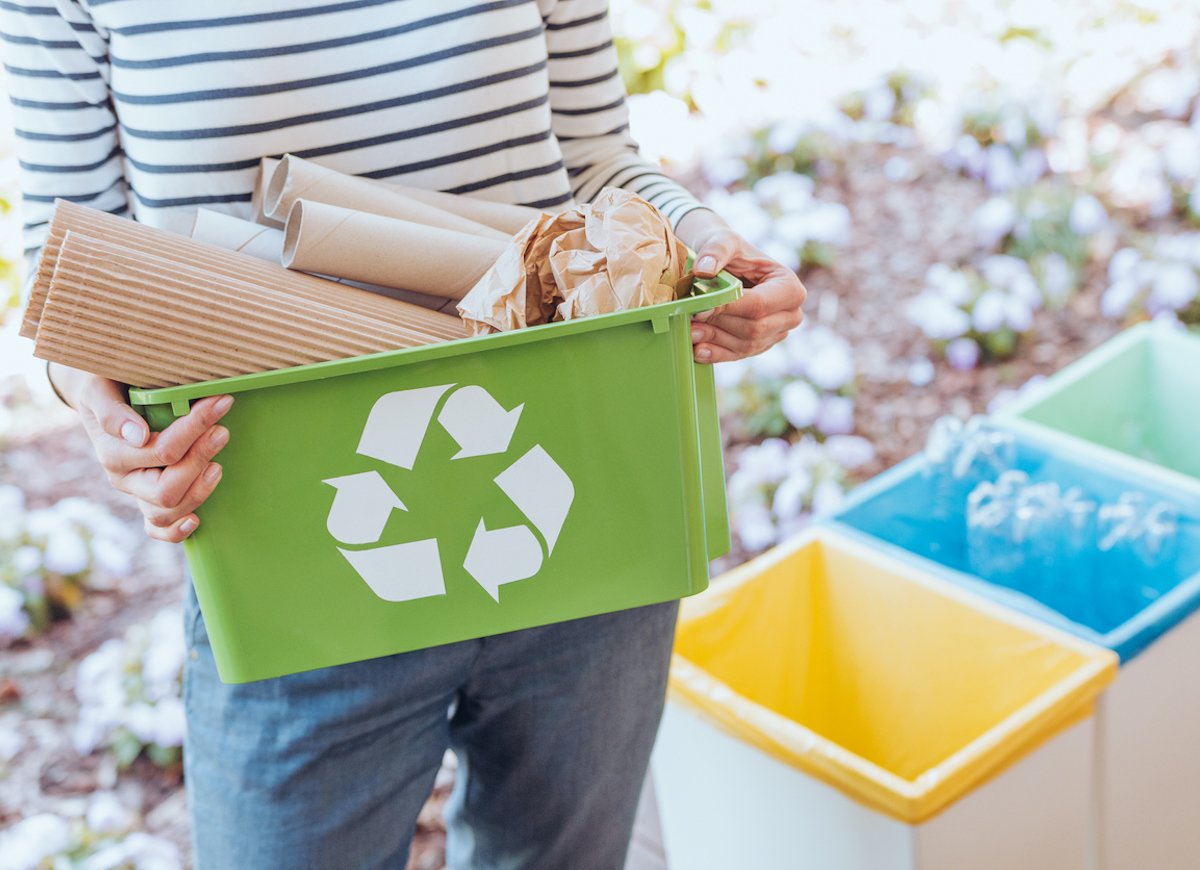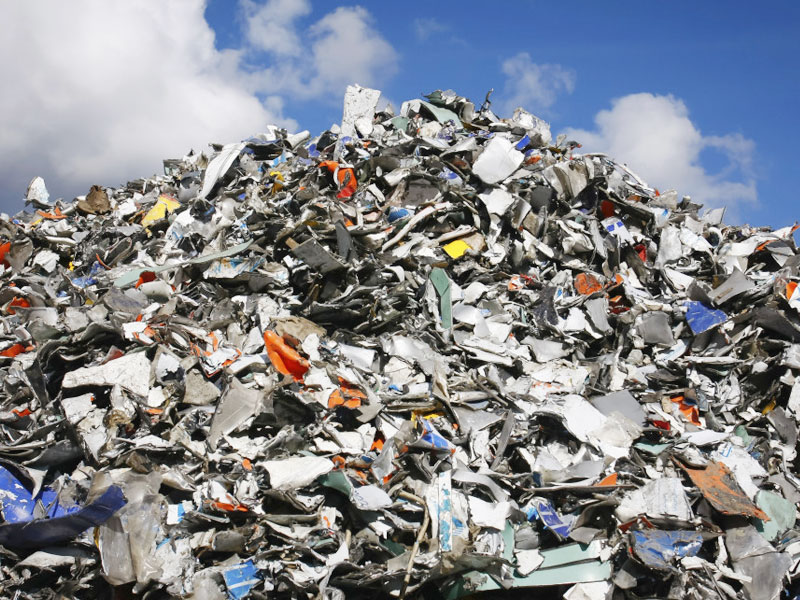BIOMINING OF LEGACY WASTE
Methodology of Municipal Solid Waste management
India generates enormous quantities of waste every day and management of Municipal Solid Waste (MSW) is proving to be a huge challenge for the authorities. The Swachh Bharat Mission Municipal Solid Waste Management Manual, quoting the Central Pollution Control Board (CPCB), mentions that even though only 31% of the Indian population resides in urban areas, this population of 377 million (as per the 2011 Census) generates a gigantic 1,43,449 metric tonnes per day of Municipal Solid Waste. With the increase in population, the quantity of waste generated is going up.
Municipal Solid Waste management is defined as the discipline associated with the control of generation, collection, storage, transfer and transport, processing, and disposal of solid wastes. This is done in accordance with the best principles of public health, economics, engineering, conservation, aesthetics, and other environmental considerations. The commonly recognized methods for the final disposal of solid wastes are dumping on land, dumping in water, plowing into the soil, and incineration
Collection of Municipal Solid Waste
The management of such waste is one of the primary functions of all Urban Local Bodies. The state governments prohibit littering of Municipal Solid Waste in cities, towns, and urban areas and the municipal authorities take the following steps to ensure this.
• Municipal authorities organize house-to-house collection of Municipal Solid Wastes through community bin collection, house-to-house collection, and collection on regular pre-informed timings and scheduling by using the musical bell of the vehicle
• Waste is also collected from slums and squatter areas, and from hotels, restaurants, office complexes, and commercial areas
• The waste collected from residential and other areas is transferred to community bins by hand-driven carts or other small vehicles
• Construction or demolition wastes or debris is collected separately. This waste is disposed of following proper norms. Similarly, wastes generated at dairies are regulated in accordance with the state laws
• The municipal authorities follow norms to ensure waste like garbage and dry leaves is not burnt
Storage of Municipal Solid Waste
Municipal authorities are expected to establish and maintain storage facilities so that Municipal Solid Wastes do not create unhygienic and unsanitary conditions around them.
These facilities are created and established by taking into account quantities of waste generated in a given area and the population densities. They should be accessible to users
Storage facilities must be designed in a way that waste stored is not exposed to an open atmosphere
They should have an ‘easy-to-operate design for handling, transfer, and transportation of waste. Bins for storage of bio-degradable wastes are painted green, those for storage of recyclable wastes must be painted white and those for storage of other wastes must be painted black
Manual handling of waste is prohibited or should be carried out under proper precaution with due care for the safety of workers
Processing of Municipal Solid Wastes
Municipal authorities are expected to adopt suitable technology to make use of waste to minimize the burden on landfill.
The biodegradable waste is processed by composting, vermicomposting, anaerobic digestion, or any other appropriate biological processing
Mixed waste containing recoverable resources is recycled.
Incineration with or without energy recovery can also be used for processing wastes in specific cases.
If authorities wish to use other state-of-the-art technologies, they approach the CPCB to get the standards laid down before applying for a grant of authorization.
Disposal of Municipal Solid Waste
Landfilling is restricted to non-biodegradable waste that is not suitable for recycling or for biological processing. It is also carried out for residues of waste processing facilities as well as pre-processing rejects from waste processing facilities. Landfilling of mixed waste is avoided unless the same is found unsuitable for waste processing.



